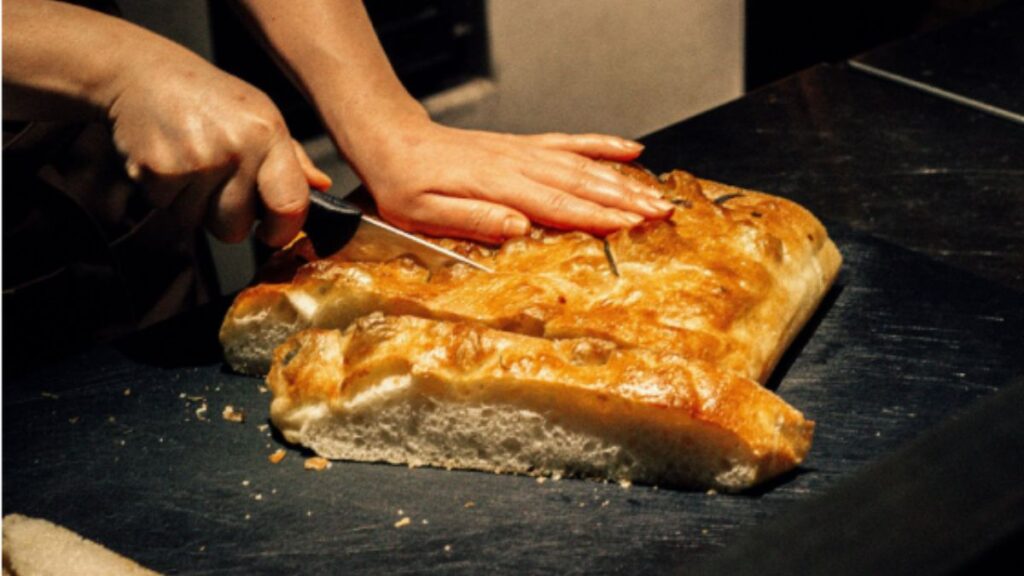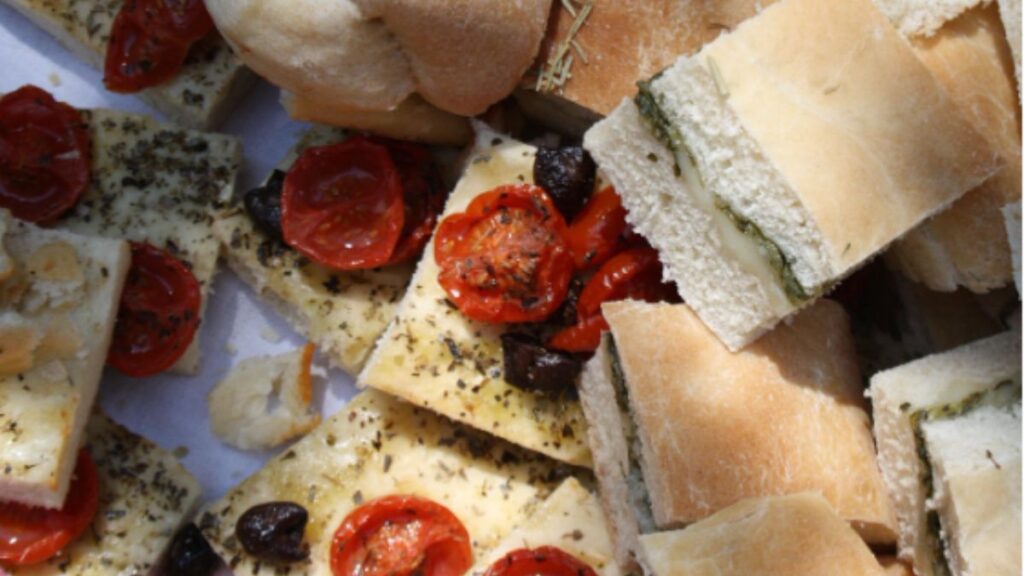There’s something truly special about a well-made focaccia—the perfect balance of crisp edges, airy crumb, and rich olive oil flavor. Whether you’re baking for yourself, experimenting with new business ideas, or just looking to perfect your craft, mastering focaccia is a game-changer. But achieving that bakery-quality texture and taste isn’t just about following a recipe—it’s about understanding the secrets behind the process.
From choosing the right flour to mastering the art of fermentation, small details make all the difference. In this guide, we’ll reveal six essential tips to help you create the ultimate focaccia, with the perfect chew, golden crust, and deep, satisfying flavor. Let’s dive in.
Choose the Right Flour for the Perfect Texture
Flour is the foundation of great focaccia, and using the right type can make all the difference. High-protein flours, such as bread flour, provide better gluten development, resulting in a chewier and more structured crumb. However, if you prefer a softer, more tender texture, all-purpose flour works well too.
Some bakers opt for a mix of both to balance chewiness and lightness. The hydration level of your dough also depends on the flour you use—stronger flours can absorb more water, which helps create that signature open crumb. Experimenting with different flour ratios allows you to customize the texture of your focaccia to your liking. Don’t overlook quality either—using unbleached, high-quality flour enhances the final result.
Master the Recipe and Baking Technique
Following a well-tested recipe is essential, but technique matters just as much. The way you handle the dough, the temperature of your oven, and even how you apply olive oil affect the final result. A common mistake is underproofing, which leads to a dense texture. Be sure to allow the dough to rise fully before baking—look for a jiggly, airy surface before dimpling it.
Speaking of dimpling, gently pressing your fingers into the dough right before baking helps distribute air pockets evenly and prevents large bubbles from forming. For instance, you can find a focaccia recipe that emphasizes the proper dimpling technique, ensuring a light and airy crumb. Baking at the right temperature—typically 220°C (430°F)—ensures a crisp, golden crust while keeping the interior soft and flavorful.
The Art of Hydration and Dough Consistency
Hydration is one of the most critical aspects of focaccia making. The best focaccia doughs are highly hydrated, often containing 70-80% water in relation to the flour weight. A high hydration level contributes to a light, airy crumb with the perfect chewiness. However, working with a wet dough can be challenging, especially for beginners.
Instead of kneading traditionally, many bakers use the stretch-and-fold technique, which strengthens gluten development without overworking the dough. Letting the dough rest properly between stretches allows it to absorb moisture and relax, leading to better texture. A properly hydrated dough will feel sticky but elastic, and when baked, it produces that beautiful, bubbly interior we all love in great focaccia.
Fermentation: The Secret to Depth of Flavor
Patience is key when it comes to developing a rich, complex flavor in focaccia. A slow fermentation process—either through an overnight cold rise in the refrigerator or an extended room-temperature proof—allows the dough to develop depth and complexity. The yeast has more time to break down starches into sugars, which enhances both taste and texture. Cold fermentation, in particular, improves structure, making the dough easier to handle while intensifying its natural flavors.
Using a pre-ferment or adding a small amount of sourdough starter can introduce even more complexity. Rushing the fermentation process results in a bland, dense focaccia, so giving the dough ample time to rise is one of the most valuable secrets to perfection.
The Role of Olive Oil: More Than Just Flavor
Olive oil is the heart and soul of focaccia, contributing not only to its signature taste but also to its texture and moisture retention. Using high-quality extra virgin olive oil enhances the overall experience, giving the bread a fragrant, slightly fruity note. Generously coating the dough in olive oil before baking helps create that crisp, golden crust while ensuring the inside stays moist and tender.
Adding olive oil to the dough itself makes the crumb softer and more delicate. Beyond traditional applications, some bakers infuse olive oil with garlic, rosemary, or chili flakes to introduce extra layers of flavor. Choosing the right olive oil and using it generously is a simple yet powerful secret to achieving the perfect focaccia.
Enhancing Flavor with the Right Toppings and Seasonings
A perfectly baked focaccia is delicious on its own, but toppings and seasonings can elevate it to new heights. Classic options like flaky sea salt, fresh rosemary, and garlic provide a simple yet flavorful touch. However, experimenting with different ingredients—such as caramelized onions, sun-dried tomatoes, olives, or even cheese—can create unique variations. The key is to balance flavors without overpowering the bread’s natural taste.
Proper seasoning is also crucial; using coarse salt instead of fine table salt ensures a satisfying crunch, while a final drizzle of olive oil after baking enhances richness. Whether you prefer a minimalist approach or a fully loaded focaccia, the right toppings and seasonings can turn a simple bread into an unforgettable dish.

Perfecting focaccia is a blend of science, technique, and patience. From choosing the right flour to mastering hydration, fermentation, and baking techniques, each step plays a crucial role in achieving that irresistible texture and flavor. High-quality olive oil and well-balanced toppings further elevate the experience, turning a simple bread into something truly special. Whether you’re a beginner or an experienced baker, applying these six secrets will help you create a focaccia that’s crisp on the outside, airy on the inside, and bursting with flavor.







